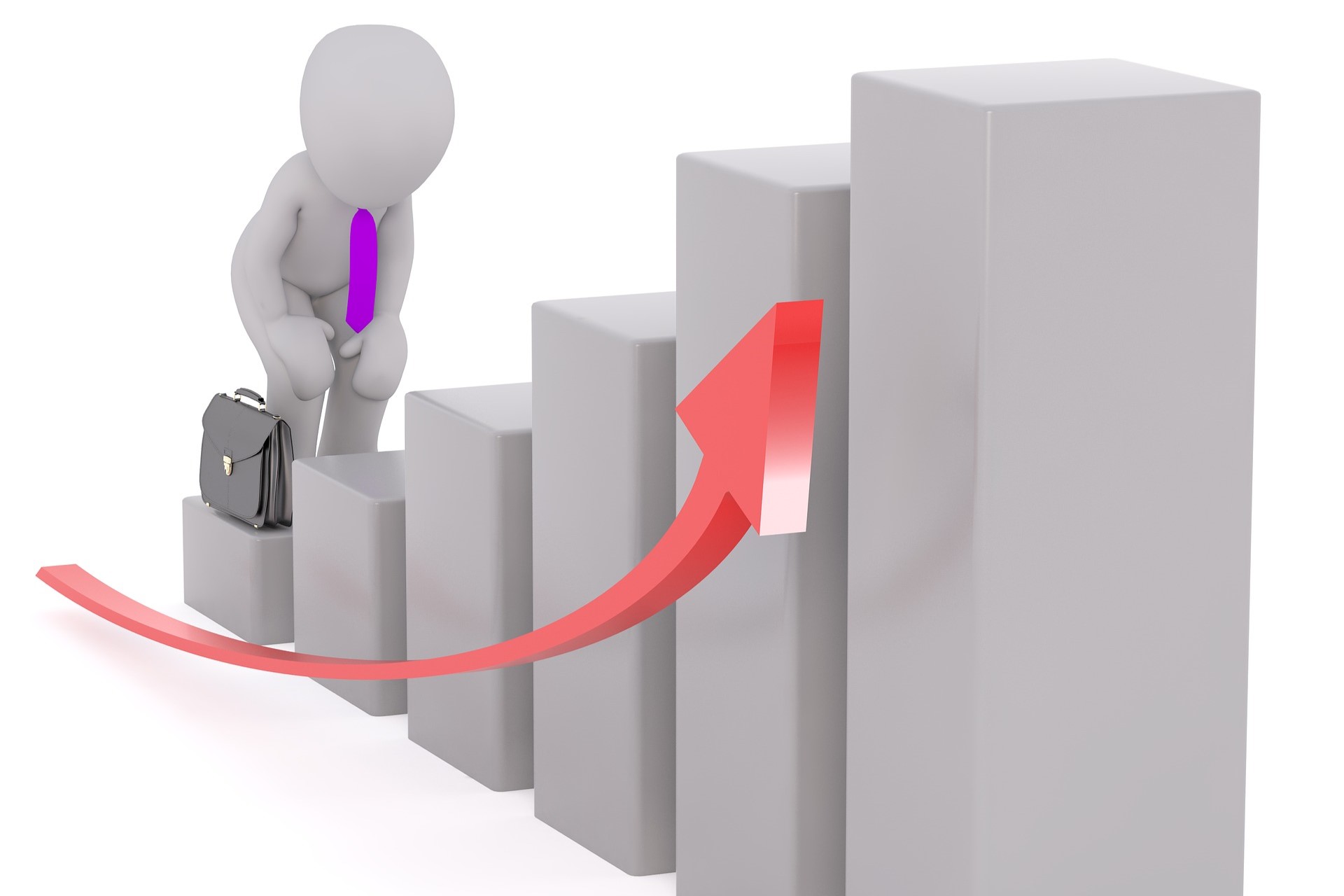Embarking on a journey into the world of forex trading can be both exciting and daunting for beginners. However, with the right approach and guidance, mastering the fundamentals of forex trading is within reach. This comprehensive guide outlines six essential steps to kickstart your forex trading education and build a solid foundation for success. From understanding the basics of currency markets to developing a trading strategy and selecting a reputable broker, each step is crucial for aspiring traders to navigate the complexities of forex trading with confidence and competence.
Understanding the Basics
Forex trading, also known as foreign exchange trading, involves the buying and selling of currencies on the global market. Unlike stocks or commodities, which are traded on centralized exchanges, Forex operates over-the-counter, meaning transactions take place directly between parties electronically. The primary goal of Forex trading is to profit from changes in currency exchange rates. Traders speculate on whether a currency will strengthen or weaken against another, aiming to buy low and sell high or sell high and buy low.
To participate in Forex trading, traders utilize currency pairs, which represent the relative value of one currency against another. Each currency pair consists of a base currency and a quote currency, with the exchange rate indicating how much of the quote currency is needed to purchase one unit of the base currency. For example, in the EUR/USD pair, the euro is the base currency, and the US dollar is the quote currency. Understanding these basic concepts is essential for navigating the Forex market effectively and making informed trading decisions.
Choosing the Right Broker
When selecting a broker for Forex trading, it’s crucial to consider several factors to ensure a smooth and successful trading experience. Here are key points to keep in mind:
- Regulation: Choose a broker regulated by a reputable financial authority, such as the Securities and Exchange Commission (SEC) in the United States or the Financial Conduct Authority (FCA) in the United Kingdom. Regulation provides a level of protection for traders’ funds and ensures the broker follows strict operational standards.
- Trading Platform: Evaluate the broker’s trading platform for user-friendliness, reliability, and functionality. A robust trading platform should offer essential features like real-time market data, charting tools, and order execution capabilities.
- Spreads and Fees: Compare the spreads and fees charged by different brokers to minimize trading costs. Look for brokers with competitive spreads, low commissions, and transparent fee structures.
- Asset Selection: Consider the range of currency pairs and other financial instruments offered by the broker. Choose a broker that provides access to a diverse range of assets, allowing you to trade multiple markets and diversify your portfolio.
- Leverage and Margin Requirements: Understand the broker’s leverage and margin requirements, as they can significantly impact your trading strategy and risk exposure. Be cautious of brokers offering excessively high leverage, as it increases the potential for significant losses.
By carefully evaluating these factors, you can choose a broker that aligns with your trading goals and preferences, setting the stage for a successful Forex trading journey.
Developing a Trading Strategy
Before diving into the Forex market, it’s essential to develop a well-defined trading strategy that aligns with your goals, risk tolerance, and trading style. A trading strategy outlines your approach to identifying trade opportunities, managing risk, and executing trades effectively. To create a successful trading strategy, consider the following elements:
| Key Components | Description | Example |
| Technical Analysis | Analyzing historical price data and chart patterns to predict future price movements. | Using moving averages to identify trends. |
| Fundamental Analysis | Assessing economic indicators, news events, and geopolitical factors to gauge currency strength. | Monitoring interest rate decisions and GDP reports. |
| Risk Management | Implementing measures to protect capital and minimize losses. | Setting stop-loss orders and adhering to position sizing rules. |
Components of a Trading Strategy:
- Define Your Trading Goals: Determine your financial objectives, risk tolerance, and time horizon for trading. Are you looking to generate regular income, grow your investment over the long term, or both?
- Choose Your Trading Style: Decide whether you prefer day trading, swing trading, or position trading based on your schedule and temperament. Each trading style has its advantages and challenges, so choose one that suits your lifestyle and personality.
- Select Technical Indicators: Identify key technical indicators that align with your trading strategy, such as moving averages, oscillators, and support/resistance levels. Use these indicators to identify entry and exit points for tra des.
- Conduct Fundamental Analysis:Stay informed about economic events, central bank policies, and geopolitical developments that could impact currency markets. Analyze economic indicators like inflation, employment, and consumer sentiment to anticipate market trends.
- Develop Risk Management Rules: Establish strict risk management rules to protect your capital and minimize losses. Determine the maximum amount of capital you’re willing to risk on each trade and set stop-loss orders accordingly.
By developing a comprehensive trading strategy and adhering to disciplined execution, you can increase your chances of success in the Forex market and achieve your trading goals.
Practicing with a Demo Account
One of the most valuable tools for aspiring Forex traders is a demo account. A demo account simulates real-market conditions using virtual funds, allowing traders to practice trading strategies and familiarize themselves with the intricacies of the Forex market without risking any real money. This hands-on experience is invaluable for beginners looking to gain confidence and refine their skills before transitioning to live trading.
Using a demo account provides an opportunity to experiment with different trading strategies, test new ideas, and learn from mistakes without facing financial consequences. Traders can practice executing trades, managing positions, and implementing risk management techniques in a risk-free environment, helping them develop the discipline and resilience necessary for successful trading. Additionally, demo accounts allow traders to become familiar with the broker’s trading platform and its features, ensuring a smooth transition to live trading when they’re ready.
Managing Risk Effectively
Managing risk is a critical aspect of Forex trading that can significantly impact your long-term success in the market. Here are some key strategies for effectively managing risk:
- Set Stop-Loss Orders: Place stop-loss orders on every trade to limit potential losses. Determine the maximum amount of capital you’re willing to risk on each trade, and set your stop-loss order accordingly. This helps prevent emotional decision-making and protects your account from large losses.
- Use Proper Position Sizing: Determine the appropriate position size for each trade based on your risk tolerance and account size. Avoid overleveraging by risking only a small percentage of your trading capital on each trade. This ensures that a single losing trade doesn’t wipe out a significant portion of your account.
- Diversify Your Trades: Spread your risk across multiple currency pairs and trading strategies to reduce the impact of individual losses. Diversification can help smooth out your overall trading performance and minimize the impact of market volatility on your account.
By implementing these risk management techniques, you can protect your trading capital, minimize losses, and increase your chances of long-term success in the Forex market.
Continuously Educating Yourself
In the ever-evolving world of Forex trading, staying abreast of market developments and refining your skills is essential for long-term success. Continuous education allows traders to adapt to changing market conditions, refine their trading strategies, and stay ahead of the competition. Engaging in ongoing learning helps traders deepen their understanding of fundamental and technical analysis, refine their risk management techniques, and explore new trading strategies.
Taking advantage of educational resources such as webinars, seminars, online courses, and trading forums provides valuable insights and perspectives from experienced traders and industry experts. Additionally, staying informed about macroeconomic trends, geopolitical events, and central bank policies enables traders to anticipate market movements and make informed trading decisions. By dedicating time and effort to continuous education, traders can enhance their trading skills, boost their confidence, and increase their chances of success in the dynamic Forex market.




